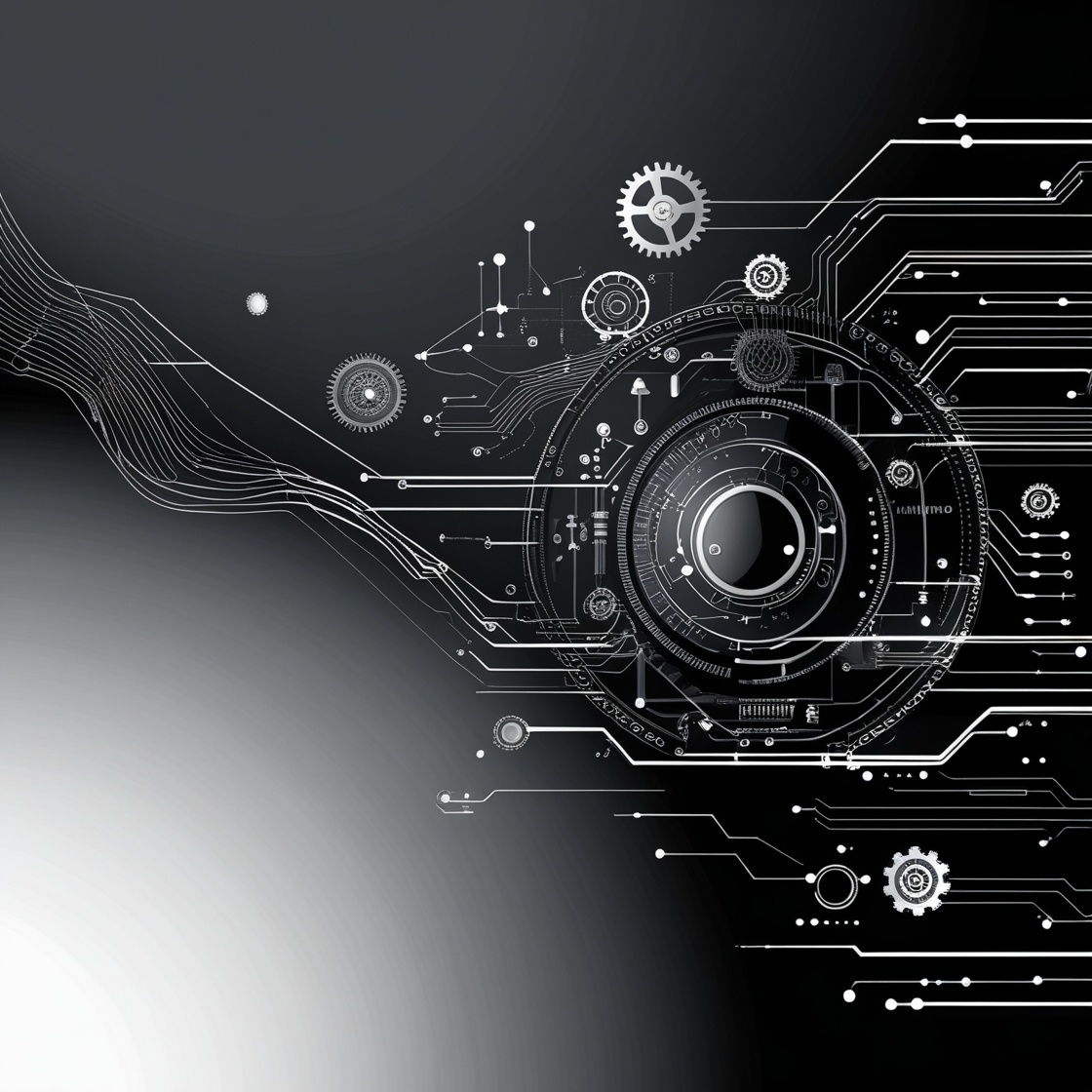Knowledge Graphs (KGs) have become a cornerstone in modern data-driven applications from search engines and question answering systems to recommendation platforms and enterprise data integration. They represent structured semantic relationships among entities in a graph format. With the rise of deep learning, Graph Neural Networks (GNNs) have emerged as a powerful approach to harness the topological structure and relational data of knowledge graphs. This article offers a detailed 2000+ word exploration of how GNNs are used with KGs, including their foundations, architectures, applications, and implementation challenges.
A knowledge graph is a structured representation of facts in the form of entities (nodes) and relationships (edges). Each piece of knowledge is typically represented as a triplet (head entity, relation, tail entity) for example: (Barack Obama, born_in, Hawaii) .
Traditional neural networks (CNNs, RNNs) are designed for grid-like data such as images or sequences. Graphs, however, are irregular structures where each node has a variable number of neighbors and no fixed ordering. GNNs are designed to handle this non-Euclidean data efficiently.
GNNs learn node embeddings by aggregating features from a node’s local neighborhood. Through multiple layers, the network learns higher-level representations of nodes based on both local and global graph structure.
Popular methods like TransE, DistMult, and ComplEx treat KG links as vector operations. While effective, they ignore graph structure and attribute information. GNNs offer a more holistic view by incorporating node context and heterogeneous relations.
Introduced to extend GCNs to knowledge graphs, R-GCN handles different relation types by learning separate transformation matrices for each relation:
hᵢ⁽ˡ⁺¹⁾ = σ(∑
r∈R
∑
j∈Nᵣ(i)
(1/cᵢ,r) * Wᵣ⁽ˡ⁾ hⱼ⁽ˡ⁾ + W₀⁽ˡ⁾ hᵢ⁽ˡ⁾)
CompGCN integrates relation embeddings into the aggregation process using operations like addition, multiplication, or circular correlation:
hᵢ⁽ˡ⁺¹⁾ = f(hᵢ⁽ˡ⁾, hⱼ⁽ˡ⁾, r)
This allows modeling complex relational semantics while preserving graph structure.
HetGNN models multiple types of nodes and edges, important in enterprise KGs or academic graphs (e.g., authors, papers, institutions).
Some KGs evolve over time. Temporal GNNs (e.g., TGAT, DyGNN) model the evolution of nodes, relationships, and timestamps to learn time-aware embeddings.
Predicting missing relations between entities. GNNs aggregate multi-hop context to better infer unseen edges. Used in:
Assign labels to nodes based on their features and neighbors. Examples include detecting fraudulent accounts, categorizing products, or labeling research papers.
GNNs enhance semantic search by propagating information across entities related to the question. They are used in open-domain QA systems like Facebook’s DrQA with GNN augmentation.
GNNs model user-item relationships as graphs and predict what users may like based on both content and structural similarity (e.g., PinSage by Pinterest).
Combining KG with textual data, GNNs can infer whether a claim is supported or refuted by knowledge graph paths.
Large knowledge graphs (e.g., Wikidata, Freebase) may have millions of entities. Training GNNs on such data requires graph sampling, distributed training, or mini-batching.
Different node and edge types make GNN design complex. Custom architectures or heterogeneous aggregators are needed.
Like other deep learning models, GNNs are often black-boxes. Attention mechanisms and subgraph visualization tools (e.g., GNNExplainer) can improve interpretability.
KGs are often missing facts or contain errors. GNNs must be robust to such imperfections through data augmentation or adversarial training.
Using transformer-based LLMs to extract knowledge and feed structured outputs to GNNs can bridge unstructured and structured data processing.
Combining GNNs with symbolic logic (e.g., ontologies, rule engines) enables more robust inference, useful in enterprise knowledge graphs.
Future GNNs must adapt in real time as knowledge graphs evolve, supporting dynamic edge updates and time-sensitive embeddings.
With growing regulatory demands (e.g., GDPR, AI Act), building transparent GNN systems that justify their predictions will be crucial for adoption in sensitive domains.
Graph Neural Networks have opened a new frontier in knowledge representation and inference by allowing deep, structured learning over knowledge graphs. Whether for link prediction, classification, recommendation, or reasoning, GNNs offer powerful ways to model relationships, leverage context, and scale understanding in complex datasets. As tools and frameworks continue to mature, and as organizations increasingly adopt knowledge-centric AI systems, the combination of GNNs and knowledge graphs will remain at the core of next-generation intelligent applications.
